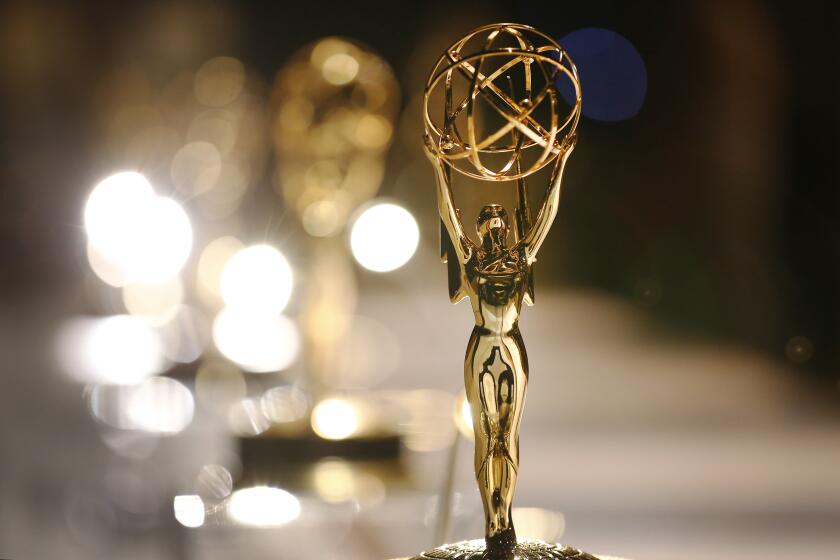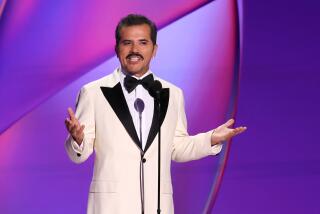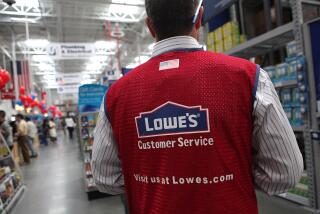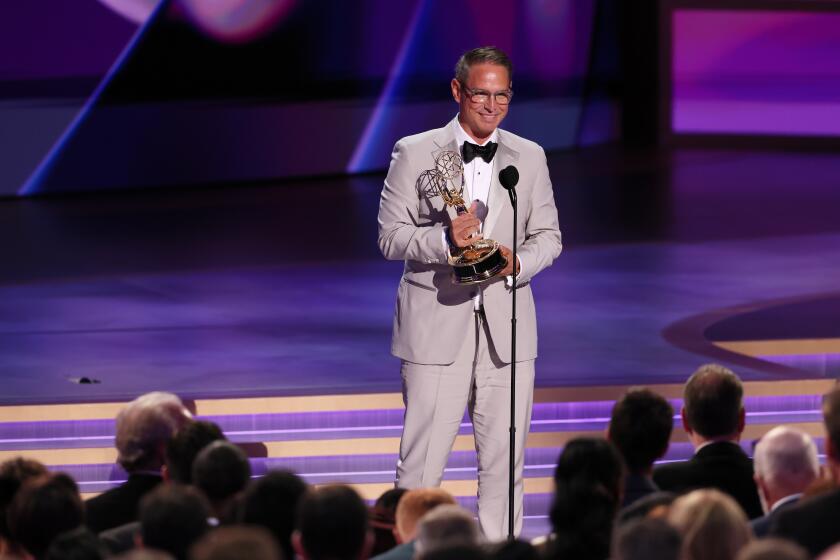Diversity experts studied Emmys group — and found ‘deep-seated resistance’ to change
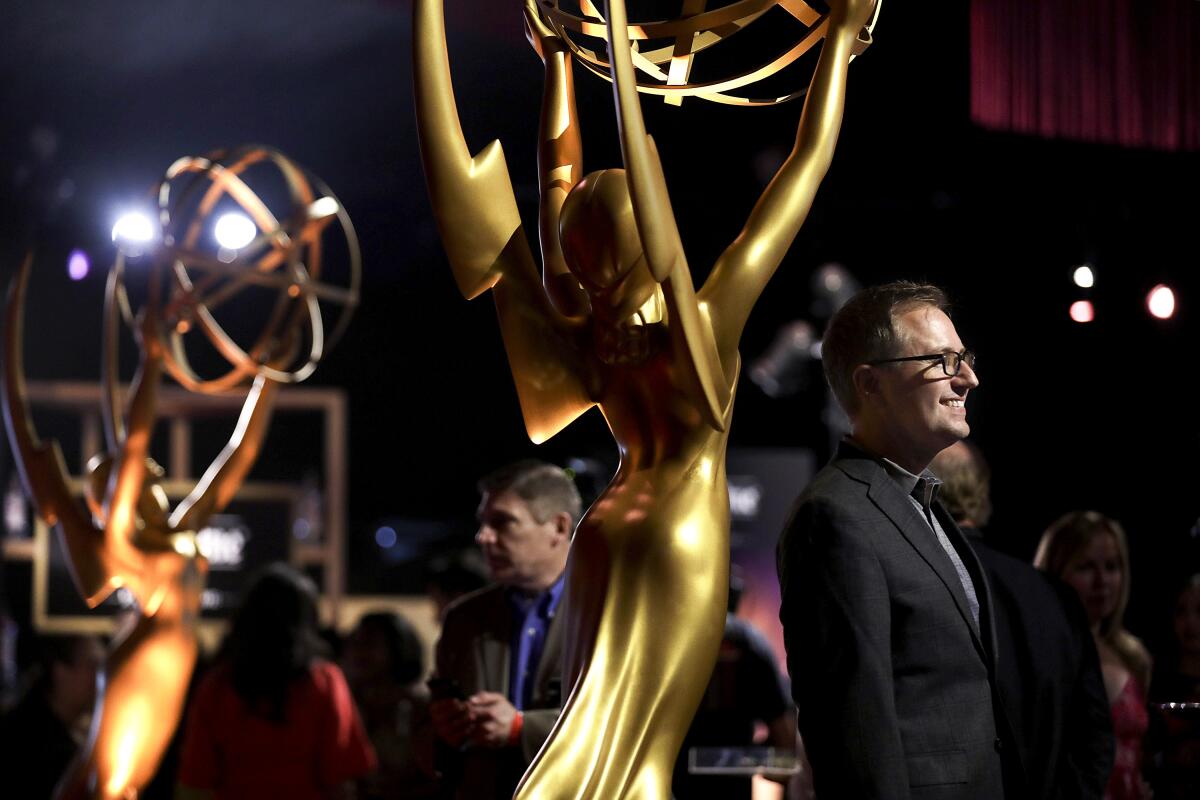
In 2020, the Academy of Television Arts & Sciences, the nearly 20,000-member-strong group that puts on the PRimetime Emmy Awards each fall, was in the midst of much the same reassessment of its diversity, equity and inclusion initiatives as Hollywood’s other most influential organizations. Sparked by the #OscarsSoWhite campaign that erupted in 2015 and encouraged by Directors Guild and Cinematographers Society of America programs to hire and train more diverse candidates for industry jobs, the entertainment business’ reckoning had already begun.
Then came that summer’s protests over the murder of George Floyd.
The unrest “sparked a massive conversation across the entire country about racial representation and social injustice, which served to further cement our desire to ensure that television was doing all it could to improve the status of representation, even in the midst of the pandemic,” says Television Academy President and COO Maury McIntyre, who credits Frank Scherma, its chairman and CEO since 2019, with making representation one of the academy’s top priorities. The academy engaged DEI consultant ReadySet to conduct a DEI-related survey of its membership in 2021.
“Representation matters,” McIntyre says. “The more you can see someone like yourself on television, it authenticates who you are. The more you can say, ‘I could be that too.’ Everyone deserves that, and television helps reinforce that.”
At the academy’s most public event, the Emmy Awards, that representation has often fallen short: A Times analysis of the Emmy nominees in the major acting categories (lead and supporting in comedy and drama series and limited series/television movie) dating back to 2000 found that white performers received approximately 84% of the Emmy nominations over more than two decades — rising, in some years, up to 97%. McIntyre chalks up the lack of diversity in awards nominations to a lack of diversity in roles, citing series such as “When They See Us” and “Lovecraft Country” as examples of inclusive programming producing inclusive nominees.
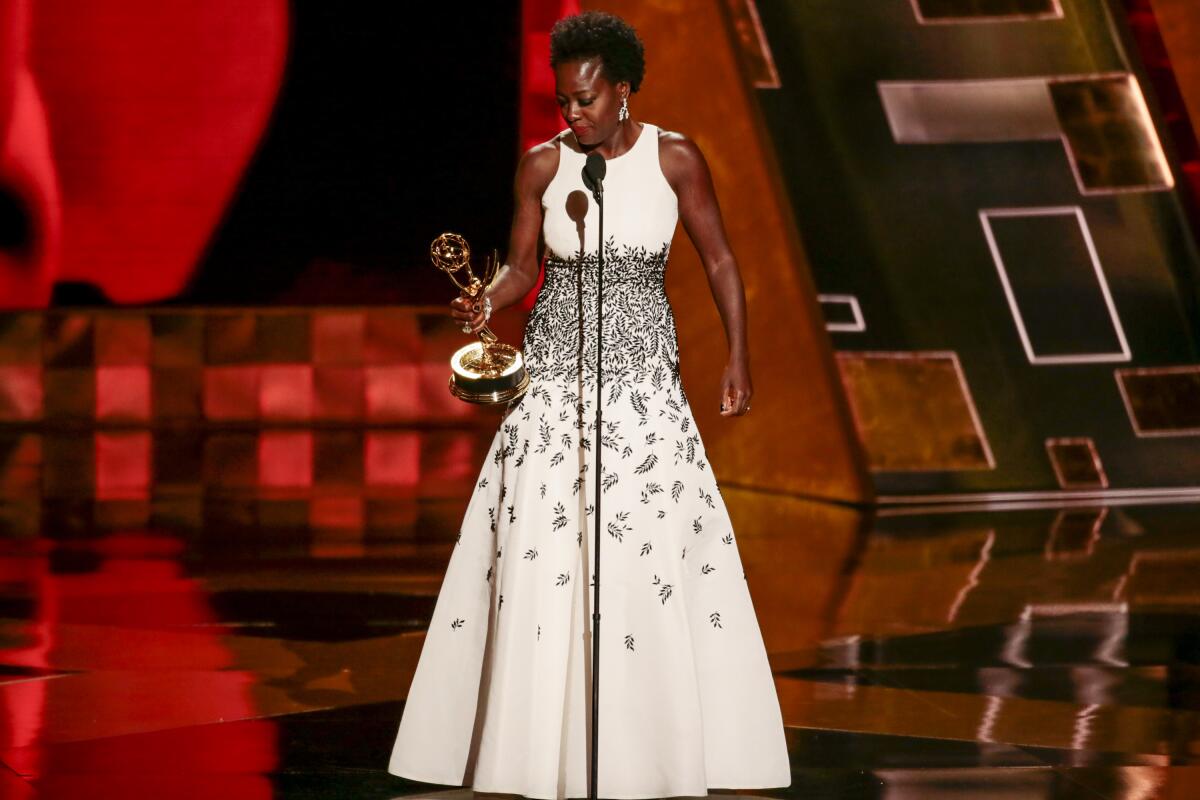
“Viola Davis actually said it best when she won the Emmy: You can’t win that award if you’re not given the opportunity to play a role that could get you that award,” McIntyre says. “I don’t think you can blame the Oscars, I don’t think you can blame the Emmys, if the roles aren’t there. But it’s incumbent upon us to make sure that when the roles are there, that we are promoting and advocating so that our members can see and witness those roles to then judge them.”
Whether the membership that votes on the Emmys is itself representative of the broader populace or the entertainment industry is impossible to know for certain, though, as the academy does not — and will not — inquire into its members’ demographics.
“You don’t have to provide that information when you join,” says McIntyre. “We felt we were reflective of the industry.” But, McIntyre admits, remaining on par is insufficient: “If we want to be leaders, we need to actually be leading the industry. It should not be us saying, ‘Oh great, we look like the industry; we’re done.’ Our goal should be to say, ‘We are representative of the U.S. population.’”
Past winners ‘Succession’ and ‘Ted Lasso’ and newcomers ‘Squid Game’ and ‘Abbott Elementary’ were among the leading 2022 Emmy nominees.
The study
McIntyre acknowledges that the lack of demographic data makes it difficult for an organization to diagnose DEI issues potentially related to its makeup. That leaves the 2021 study as the organization’s only indication of its current makeup — and an imperfect one, at that.
According to ReadySet, 28% of members responded to the 2021 survey, which McIntyre calls the largest such response the academy has ever had. That group did (mostly) provide demographic information, though it can’t be known, even to the academy’s leadership, how representative those numbers are of the organization overall. Of the respondents, 69% were white (compared to 64% in the U.S. as a whole); 51% were male (49.5% nationally).
Y-Vonne Hutchinson, CEO and founder of ReadySet, says, “Diversity, equity and inclusion are often associated with backlash or resistance. What we want to do is strike a balance between getting enough information where we’re able to feel informed and validate some conclusions, and not forcing people into a particularly uncomfortable situation or triggering folks who may not want to disclose private information.”
“[Self-]selection is always going to be an issue. We got over 4,000 responses, which is a pretty decent number for looking at patterns within the data,” says Lily Jampol, ReadySet’s head of people science. “But I want to also highlight that this isn’t just about the quantitative data. We are talking to people as well. That’s where the richness comes from.”
ABC, CBS, NBC and Fox have pledged to improve diversity in the wake of the Black Lives Matter movement. It’s the latest chapter in a decades-long struggle.
The findings
Seventy-three percent of TV academy members surveyed report positive levels of “overall satisfaction and engagement” with the organization, and believe the organization can be a “trailblazing influencer.” But ReadySet also identified a number of areas for improvement in its DEI profile, including the diversity of the academy’s leadership, the body’s “transparency, accountability and communication” and the perception that its DEI efforts are not substantive.
The study’s authors are blunt in their analysis: “There appears to be a deep-seated resistance in the Academy’s culture to moving forward, changing the way things have always been done, and creating a new future for television.”
Among the most striking findings is the makeup of the academy’s Board of Governors, which at the time of the study comprised 60 elected members, two apiece from each of the organization’s 30 peer groups. (There are now 31 peer groups, and there will be 62 governors at the time of the next election.) Of the governors surveyed, only 14% identify as people of color. “Members perceived inadequate diverse representation in membership and leadership leading to feelings of exclusion and marginalization based on their outgroup identities,” the study’s authors write. “There was substantial underrepresentation of Disabled perspectives and no representation of Asian American, Pacific Islander, Native American, Indigenous nor Veteran identities on the Board.”
As a result, the study said, members felt the academy “falls short of adequately understanding and supporting its more diverse membership.”
To wit, while 92% of white male respondents said they felt positive about the academy’s diversity, only 46% of women of color did. In “belonging & inclusion,” white men scored 93% positive, women of color 46%; in “leadership,” white men scored 96% positive, women of color 39%; and in “voice & communication,” white men scored 97% positive, women of color 36%.
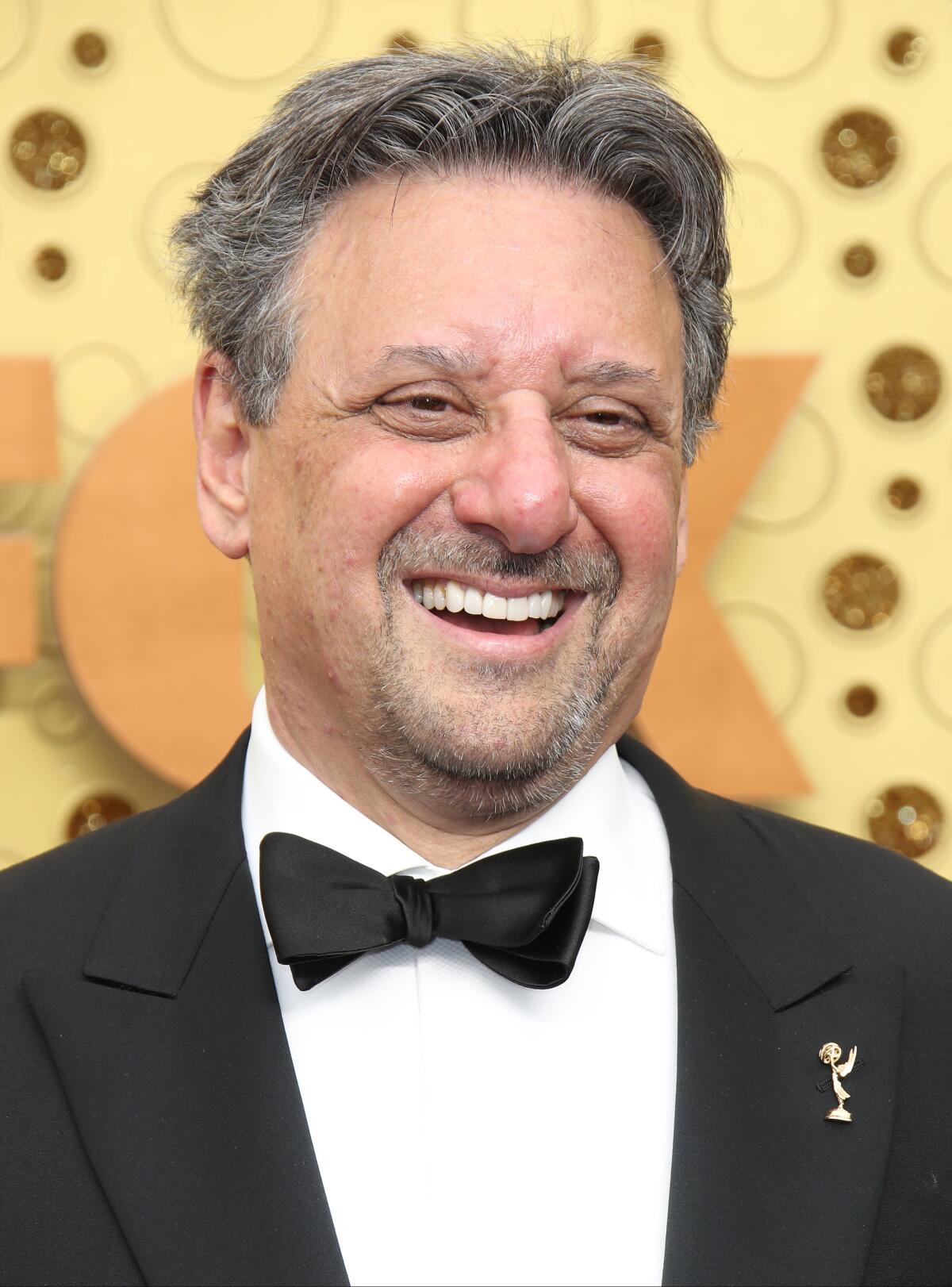
The study also found that the organization’s DEI efforts were “perceived by underrepresented members as performative and reactive, rather than creating the lasting, structural change expected from a thought leader and industry influencer.”
McIntyre understands that these gaps in members’ own assessments of the academy are central to how the organization has fallen short on DEI — and how it can improve. “It’s not just about who your members are, but do they actually feel welcome?” he says. “Because if they don’t feel welcome, how are you going to get more diverse members in? You want to feel like you have a seat at the table; to have a seat at the table you need to feel included.”
The Television Academy is far from alone in these challenges, Hutchinson says: “A lot of the same issues that we see at the Television Academy, or that came up in the report, frankly, we see them in a lot of other environments. We live in a society with shared history and shared struggle.”
And she is confident that the commitment to creating change — both within the academy and across the industry — is real.
“There are organizations out there that treat this like a fad,” Hutchinson says. “‘Let’s slap on a campaign, let’s do a thing and bam, bam, boom, we’re done.’ One of the things that we really value about our partnership is the intentionality, the long-term vision which we’re now seeing.”
A Times analysis has found that Latino representation in film and TV has stagnated for a decade-plus, even as Latinos’ share of the population has grown.
The response
As both McIntyre and Hutchinson point out, though, identifying and discussing DEI failures is too often the end point for an organization, as opposed to the start of meaningful change.
“It’s a concern we all have: Are we actually pursuing initiatives that will make a difference? Or is it just talk?” McIntyre says. “We have done stuff in the past, we’ve done a lot of panels. Panels are great. What happens after a panel? How do we transform that into substantive initiatives?”
Among the initiatives McIntyre cites is the academy’s internship program, which he calls “a pipeline to the industry, focused on underrepresented and underserved communities”: “We are going through 60 to 65 interns a year where the majority, almost 75%, come from BIPOC communities, many of whom are first-generation college students,” he says. In response to the study’s findings, the academy also hired a senior executive over the membership department to oversee member outreach and engagement.
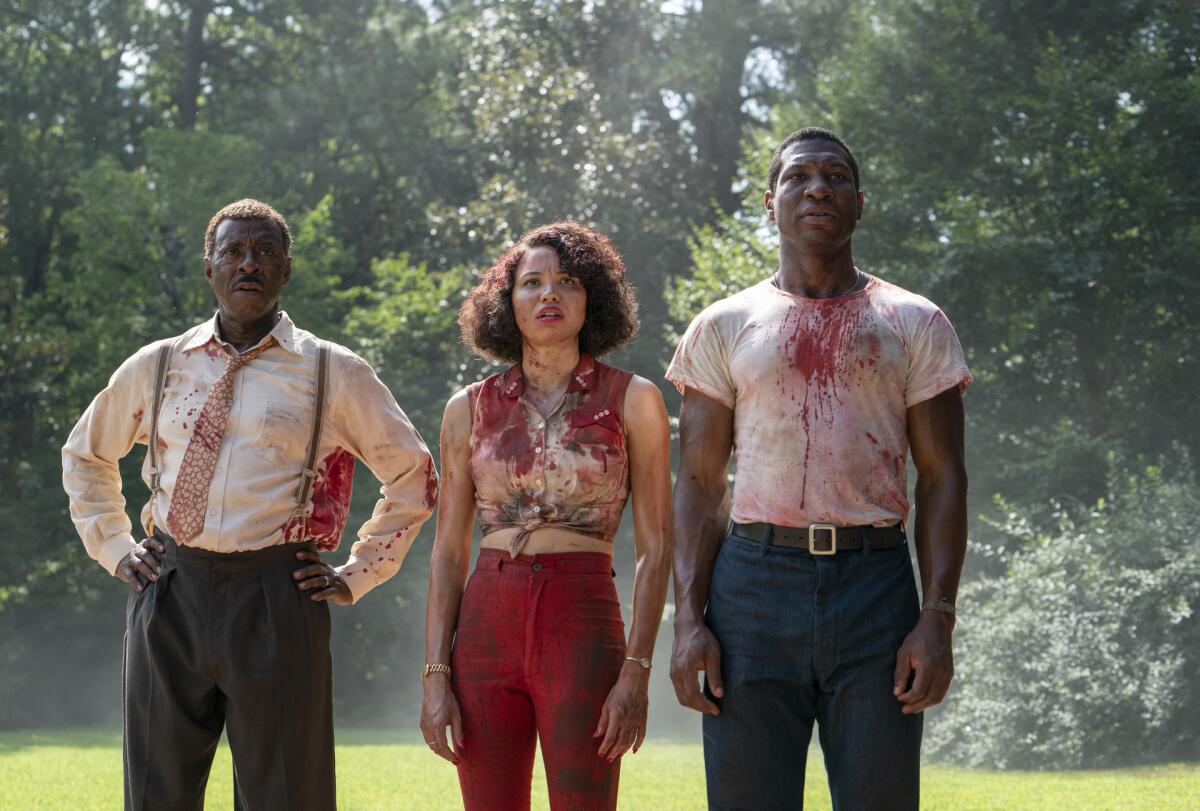
Other goals remain just that: goals. Including McIntyre’s stated ambition for the academy to make DEI a core value.
“In our mission statement, what it needs to say is that inclusion and equity is a founding principle for us moving forward,” he said, citing an executive group now meeting on a monthly basis to discuss DEI issues. “I think by the end of the year, you will see us come out with, ‘Here is how we’re holding our feet to the fire.’”
In the meantime, he, Scherma and those at ReadySet will have to surmount the “deep-seated resistance” to change that the 2021 study identified within the organization’s culture.
“Forward movement comes with some resistance and there is going to be concern amongst whatever ruling party, if you will, about losing some of that power,” McIntyre acknowledges. “The changes we are looking at are not a zero-sum game. It’s not ‘I want to diversify my membership, which means I’m only going to invite Black professionals or Hispanic professionals.’ We’re an open door. ... We want to make sure we’re doing outreach and education to the underrepresented communities, so they know, so long as they have the qualifications, they can enter.”
More to Read
The complete guide to home viewing
Get Screen Gab for everything about the TV shows and streaming movies everyone’s talking about.
You may occasionally receive promotional content from the Los Angeles Times.
